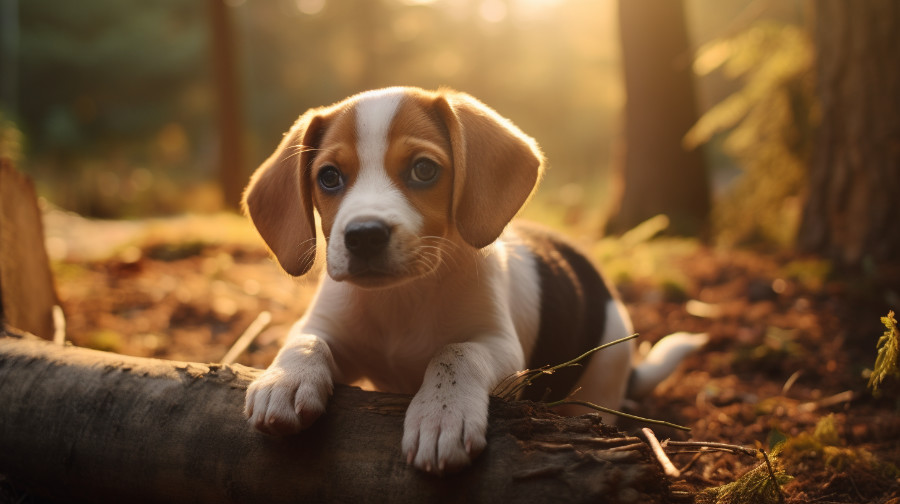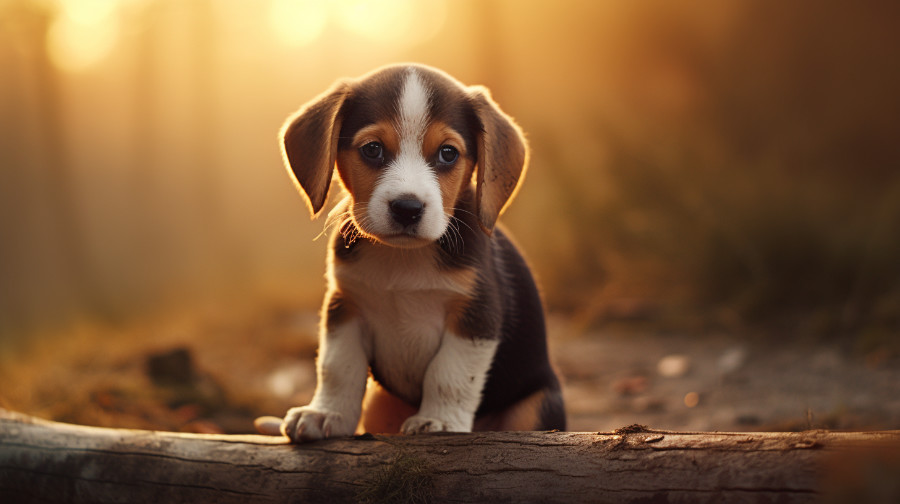Physical Address
304 North Cardinal St.
Dorchester Center, MA 02124


Many pet parents may be wondering when their hyper Beagle puppy will settle down. Thankfully, most Beagles should start calming down around one year mark.
As they’re evolving physically and psychologically quickly, children will possess immense amounts of energy that must be expended through healthy channels.
At this age, puppies are completely blind and deaf and completely dependent on their mother for food and care. It’s vital that people get them socialized with people, other dogs, environments and environments – especially as new experiences may create fear or anxiety in some puppies, which is strongly influenced by littermates. Therefore it is crucial that owners get their fur babies spayed or neutered as soon as possible; doing so has lasting impacts on behavior and confidence levels in puppies.
By week twelve, fear has given way to curiosity as they begin identifying their place within the household pecking order and developing personality traits like dominance and submission. At this point, puppies require plenty of stimulation and activity – their boredom threshold being roughly equivalent to that of teenagers – in order to remain happy and engaged; so leash training paired with neighborhood exploration are ideal ways of keeping puppies content.
Teething begins, energy levels escalate and siblings and other family dogs often begin to play together; therefore it’s essential that pet parents provide ample chew toys as soon as teething begins and siblings or family dogs interact with one another. Brown advises pet parents to gently separate their pups when playing together so that physical harm isn’t caused to each other by collisions between playing pups.
At this pre-adolescent stage, it’s important to provide adequate physical and mental stimulation. Otherwise, hyperactivity could result. Puppies at this age often bark excessively, chew on objects they shouldn’t chew on and nip people during play.
Puppies are still exploring their bodies during this stage, so it’s crucial to expose them as much as possible to different people, sights, smells and sounds. Puppies also often develop fear and separation anxiety in this stage – leading to destructive behaviors like whining and even urinating/defecating inside.
As part of your efforts to manage a puppy’s energy and behavior, it is essential that they learn to listen to commands. This can be accomplished with basic obedience training as well as positive reinforcement methods such as rewards. If they still don’t respond, it would be wise to consult your vet in case any physical limitations might be the source.
Mouthing is a normal part of puppy play, but if a dog bites too hard during this period it could signal increased possession guarding or aggression later on. To minimize mouthing encourage noncontact forms of play such as tug-of-war; always have one nearby so when your puppy nips or bites you, offer him/her something like tug-of-war instead. If a hard bite occurs yelp to interrupt and redirect their behavior back onto their toy – continue doing this until all mouthing stops altogether – repeat until play time can happen without major incidents!

At 16 weeks, puppies typically become restless and start testing the boundaries, potentially disregarding commands, and exploring playtime without supervision. Play should remain enjoyable but never overstimulating to the point that your pup loses their ability to self-regulate; teething puppies should have plenty of chew toys at this stage to use up excess energy and burn it off; additionally, your home must be puppy proofed so nothing gets chewed up by teething pups; at this stage they often mock-fight other dogs which should be allowed.
At this stage, you may notice some nipping and marking behaviors from your pup. To help manage them effectively, ensure your dog receives daily exercise, mental stimulation, and play time – and reward any excess rambunctiousness with treats or toys! Give lots of love and attention without encouraging jumping, barking or overly enthusiastic behavior as this could be misinterpreted as affection from them.
Adolescents may become insecure and question their worth, which is a common problem among adolescents. Positive reinforcement for good behavior may help improve self-esteem while helping cope with future adversity more successfully.
Young adulthood is characterized by increased socialization and relationship building activities, a desire to find their ideal life partner, a belief system which prioritizes freedom, independence, and individual choice, as well as peak cognitive abilities relating to learning and memory (38).
Puppies entering this stage will still be full of energy and may appear to forget some rules they learned as puppies, yet this is completely normal behavior for juvenile dogs in this stage. They’re exploring their boundaries while playing, interacting with siblings and exploring what their roles in their pack will be while discovering themselves as individuals.
This stage usually lasts six to a year depending on their breed of dog. Even once adults, these lively pups still exhibit occasional bursts of energy when not properly exercised – which is why it’s crucial for owners to establish a daily exercise regimen which burns off energy while keeping your beagle calm. Following these tips can help your beagle puppy channel their energy appropriately while learning to channel it properly and settle down – thus helping prevent undesirable behaviors like chewing, barking, marking indoors and pooping in their crate.